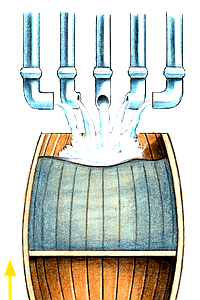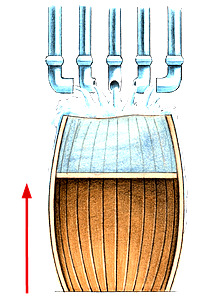Synapse Model
What is the Synapse Model?
The synapse model explains how brain cells (neurons) communicate with each other and how this process is disrupted in schizophrenia.
Key Components
- Neurotransmitters - Chemical messengers that carry signals between neurons
- Synaptic cleft - The small gap between neurons where communication occurs
- Receptors - Structures that receive neurotransmitter signals
In Schizophrenia
- Imbalances in neurotransmitters, particularly dopamine
- Excessive dopamine activity in certain brain regions
- Insufficient dopamine activity in other regions
- Other neurotransmitters (glutamate, GABA, serotonin) may also be affected
Teaching Tip
Use either this image or additional diagrams to illustrate the functioning of the synapses. Focus on explaining how normal neurotransmitter function differs from what happens in schizophrenia.
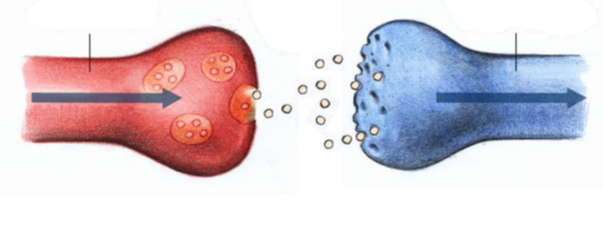
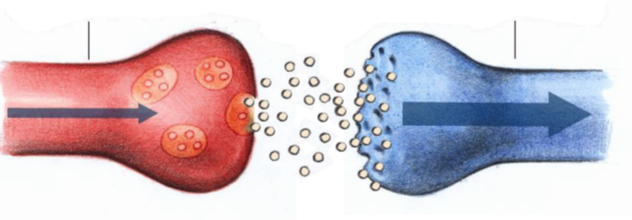
Vulnerability-Stress Model
What is the Vulnerability-Stress Model?
This model explains how schizophrenia develops as a result of both biological vulnerability and environmental stressors.
Key Components
- Vulnerability - Genetic and neurobiological factors that predispose a person to developing schizophrenia
- Stressors - Environmental factors that can trigger or worsen symptoms
- Threshold - The point at which vulnerability and stress combine to produce symptoms
Examples of Stressors
- Major life events
- Trauma
- Substance use
- Social conflict
- Sleep deprivation
Clinical Implications
- Reducing stress can prevent or reduce symptoms
- Building coping skills increases resilience
- Treatment combines biological approaches (medication) with psychosocial interventions
- Understanding personal vulnerability and stressors improves self-management
The Ship Model Metaphor
Using a Ship to Understand Vulnerability-Stress
The ship model provides a vivid metaphor to understand how vulnerability and stress interact in schizophrenia.
Key Elements
- Keel depth - Represents personal vulnerability (genetic/biological factors)
- Cargo weight - Represents stress load
- Water depth - Represents safety margin
- Rocky bottom - Represents onset of symptoms when ship hits bottom

A ship with a deep keel (high vulnerability) will run aground more easily, especially if heavily loaded (high stress).
Risk Scenarios in the Ship Model
High Risk
Pronounced vulnerability (great depth of keel), very high stress (heavy load on board), numerous blows of fate (rocky ground)
→ High dose of antipsychotics required (protection of the outer skin), close therapeutic contacts (careful choice of course)
Medium Risk
Moderate degree of vulnerability (medium keel depth), little stress (hardly any load on board), only isolated misfortunes (individual rocks on the ground)
→ Low dose of antipsychotics sufficient, therapeutic contacts at greater intervals are sufficient
Low or No Danger
No vulnerability (shallow keel), low chronic stress (hardly any load on board), but stressful everyday life (rocky ground, shallow water depth) nevertheless no risk of touching the ground
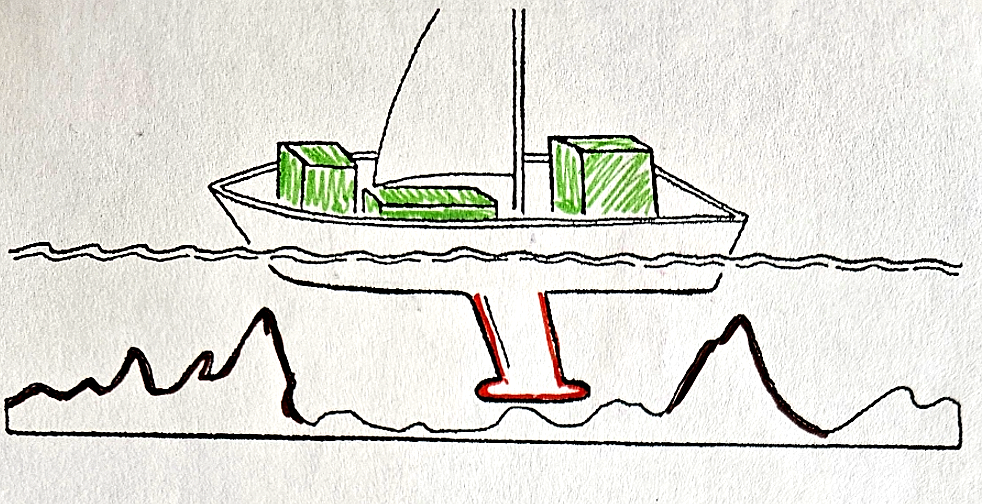
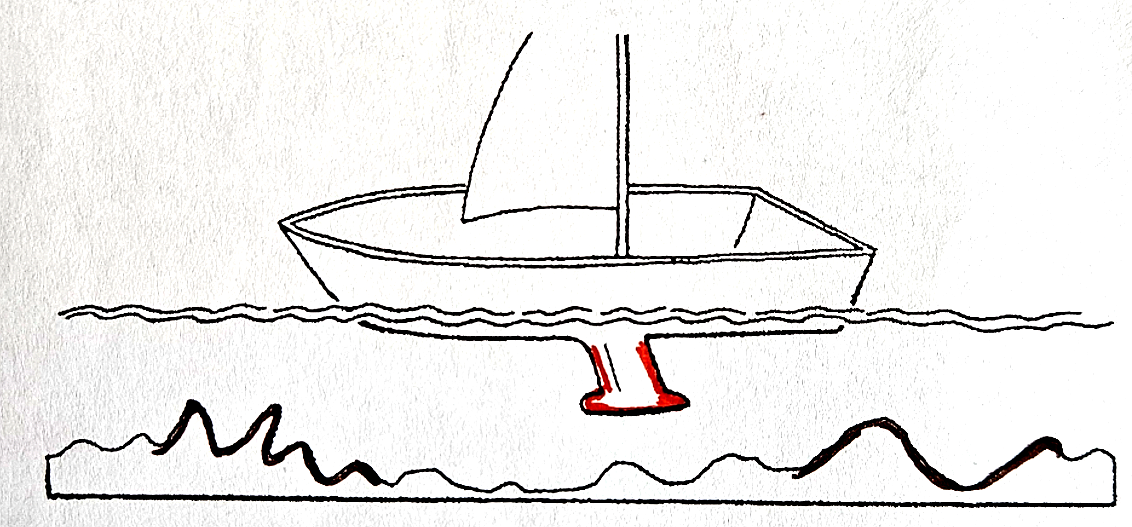
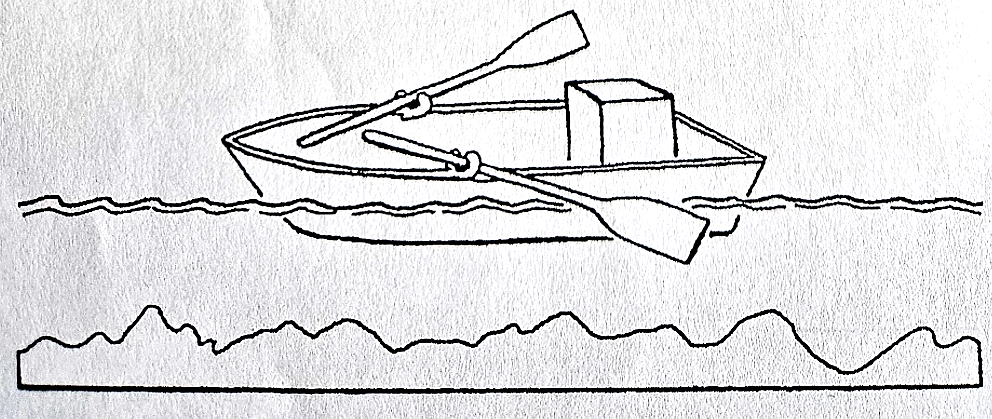
The Barrel Model Metaphor
Another Way to Understand Vulnerability-Stress
The barrel model is another helpful metaphor for understanding how vulnerability and stress interact.
Key Elements
- Barrel height - Represents vulnerability threshold
- Water level - Represents accumulated stress
- Overflow - Represents symptom onset when stress exceeds capacity
Treatment Implications
- Medication can raise barrel height (increase threshold)
- Stress management reduces water inflow
- Coping skills act like drainage systems
- Support networks help monitor water levels
